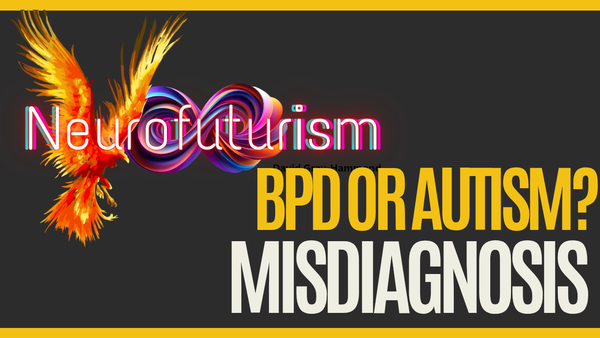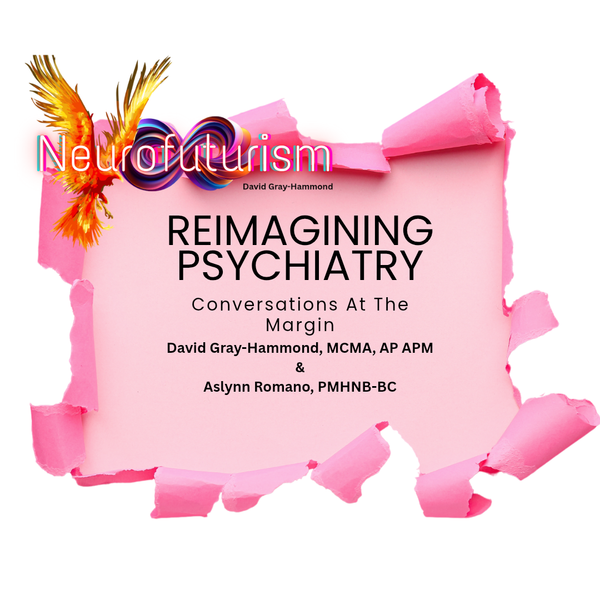CAMHS: Can they really help your Autistic child?

In previous articles I have spoken extensively about the myriad ways in which Child and Adolescent Mental Health Services (CAMHS) fail Autistic people. So, can CAMHS actually help our Autistic children? The truth is that like everything, different people will have different experiences. Despite this there are some significant challenges that need to be addressed if services are going to be helpful to our community in general. Here are three of the most significant challenges for Autistic children and their families under CAMHS.
Rejected Referrals from CAMHS
This is not an issue that only affects Autistic children. CAMHS have been rejecting referrals at high rates for many groups of people. The Education Policy Institute (2019) reports that 26% of referrals are rejected, this was found to be consistent with reports dating back to 2015. It represents approximately 132,700 children who were denied support.
ADHD and Autism were the most common reason for referral to services at 27.9% and 22.4% of referrals respectively. 35.9% of referrals were re-referrals, indicating a previous rejection, and those in care or referred by a GP were around 3 times more likely to be rejected (Hansen et al, 2021). Assuming that the rejections in the Education Policy Institute (2019) were not biased towards particular demographics, that would mean that at best close on 30,000 Autistic children and young people were rejected by CAMHS in 2019.
Anecdotally, we know that Autistic children are much more likely to be rejected by services. The CAMHS quantitative report (Gray-Hammond, 2024a) indicates that 71.3% of people accessing service for their Autistic children found services difficult to access and not easy to understand. It seems reasonable to infer that 30,000 rejected referrals is a very conservative estimate. It is clear from the evidence that the first challenge with accessing services is making it through the front door.
Long Waiting Times
The median wait time for CAMHS treatment according to NHS data (2024) was 3 weeks. However, there was significant deviation across regions from this average with some areas having wait lists of 18 weeks or longer. The Care Quality Commission (2017) highlights long waiting lists as a barrier to high quality care.
Long waiting lists are a significant factor in why families of Autistic children are using private services (Gray-Hammond, 2024b). This creates a disparity in those accessing mental health because only those with a level of financial privilege can access private services. Those who can not afford to go private must endure the wait lists. Even those who go private must face financial struggles. Money worries are a significant factor in worsening mental health of children and actually increase demand for CAMHS, creating a vicious cycle (Youth Select Committee, 2024).
CAMHS Professionals Often Lack Understanding of Autism
Only 17.6% of autistic people and their families felt CAMHS understand Autistic experiences (Gray-Hammond, 2024a). This represents a crisis for Autistic people who in 2022 represented 1,185 of all mental health inpatients (National Autistic Society, 2022), and likely a lot more of the outpatients. I have also spoken about the high rates of underdiagnosis of autism in the UK, with estimates sitting at around 1.2 million people (Gray-Hammond, 2023).
Two of the things that Autistic people and their families are asking for is better training for staff and more neurodivergent staff to bridge the double empathy divide (Milton et al, 2023). The issue with this is that it requires more resources than are being offered by our current government, which presents a barrier to this issue improving.
So, Can CAMHS Actually Help Autistic Children and Young People?
These are some significant hurdles that are placed in the path of Autistic people seeking support. It represents a challenge that can feel all too intimidating to overcome. My recommendation is that parents and carers enter into this world with advocacy support and an understanding of their rights. Using services is a battle. It shouldn't be, but it is.
The harsh reality is that to get support for your Autistic child will likely leave you needing support yourself. That doesn't mean we shouldn't do it, our children deserve and are entitled to that support. What it does mean however is that the Autistic community needs to work collectively to overthrow the structural failing of CAMHS and create something far more accessible.
References
Care Quality Commission. (2017). Review of children and young people’s mental health services: Literature review. https://www.cqc.org.uk/sites/default/files/20171027_cypmhphase1_literaturereview.pdf
Crenna-Jennings, W. & Hutchinson, J. (2019) Access to Child and Adolescent Mental Health Services in 2019. Education Policy Institute. https://epi.org.uk/wp-content/uploads/2020/01/Access-to-CAMHS-in-2019_EPI.pdf
Gray-Hammond, D. (2023) The Schocking state of autism disganosis in the UK. Emergent Divergence. https://emergentdivergence.com/2023/11/12/the-shocking-state-of-autism-diagnosis-in-the-uk/
Gray-Hammond, D. (2024a) Report on Quantitative Findings of a Survey of Autistic experiences of Child and Adolescent Mental Health Services. DGH Neurodivergent Consultancy. https://neurofuturism.ghost.io/content/files/2025/10/camhs-report-2024-3.pdf
Gray-Hammond, D. (2024b) Report on Qualitative Findings of a Survey of Autistic experiences of Child and Adolescent Mental Health Services. DGH Neurodivergent Consultancy. https://neurofuturism.ghost.io/content/files/2025/10/camhs-report-2024-2-2.pdf
Hansen, A. S., Christoffersen, C. H., Telléus, G. K., & Lauritsen, M. B. (2021). Referral patterns to outpatient child and adolescent mental health services and factors associated with referrals being rejected. A cross-sectional observational study. BMC Health Services Research, 21, 1-12.
Milton, D. E., Waldock, K. E., & Keates, N. (2023). Autism and the ‘double empathy problem’. Conversations on empathy: Interdisciplinary perspectives on imagination and radical othering, 78-97.
National Autistic Society. (2022). Number of autistic people in mental health hospitals: latest data. https://www.autism.org.uk/what-we-do/news/autistic-people-in-mental-health-hospitals
NHS Digital. (2024). Mental Health Services Monthly Statistics - January 2024. https://digital.nhs.uk/data-and-information/publications/statistical/mental-health-services-monthly-statistics
Youth Select Committee. (2024). The impact of the cost of living crisis on young people. UK Parliament. https://publications.parliament.uk/pa/cm5804/cmselect/cmyouth/cost-living-crisis-young-people/report.html


